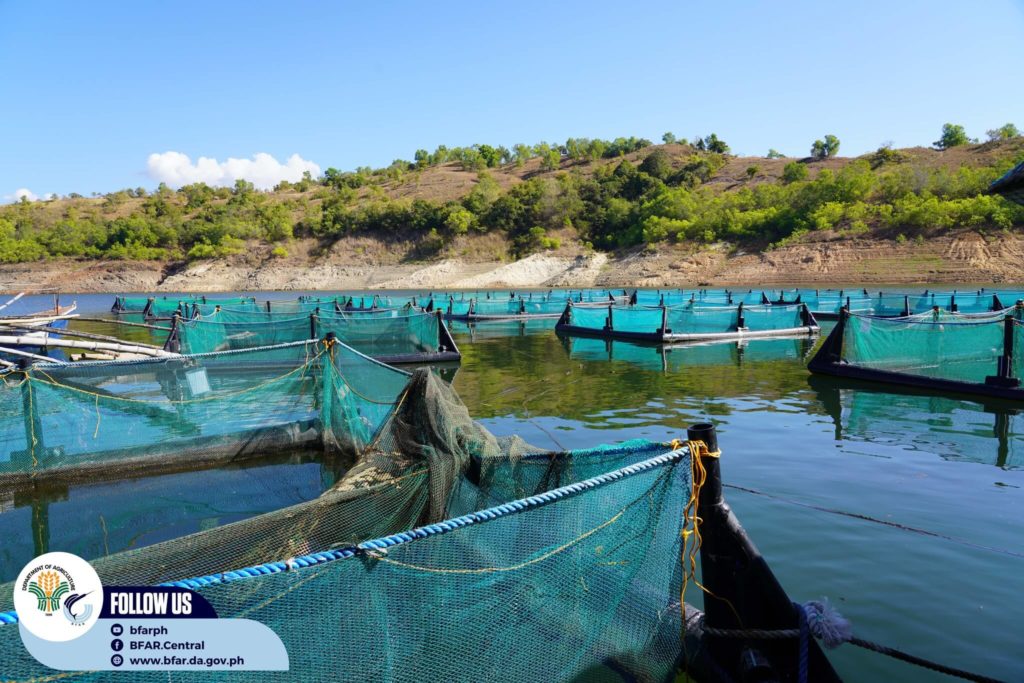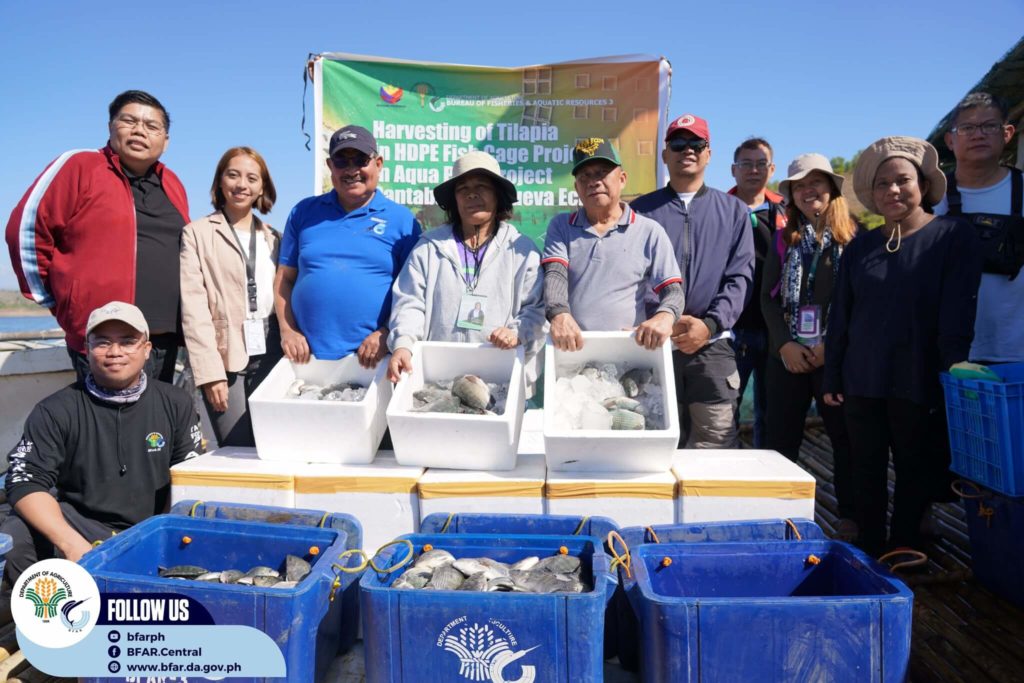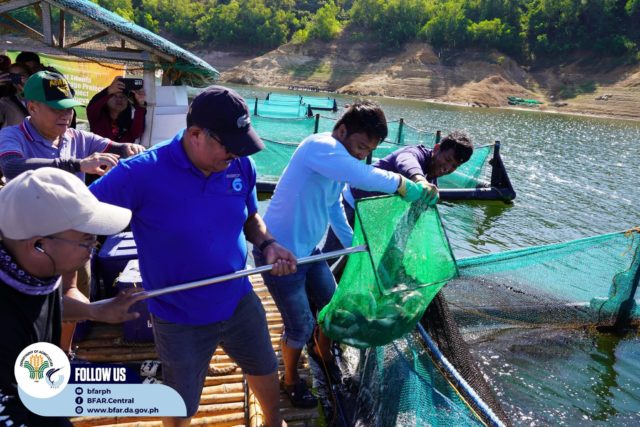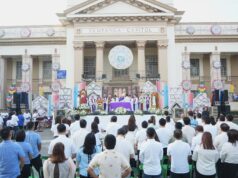PANTABANGAN, Nueva Ecija (PIA) — Bureau of Fisheries and Aquatic Resources (BFAR) Region 3 harvested more than 400 kilograms of tilapia at the Pantabangan Aquaculture Park Project in Nueva Ecija.
The harvest served as the culmination of the research phase in which BFAR seeks to expand the use of High-Density Polyethylene (HDPE) fish cages to increase tilapia production in the reservoir.
The agency currently collaborates with the National Irrigation Administration, Protected Area Management Board of the Biodiversity Management Bureau (BMB), and the municipal government of Pantabangan for the project.

Pantabangan Aquapark Project focal person Joseph Bitara explained that HDPE cages are flexible, strong, and durable compared to alternatives such as bamboo and GI pipes, and are more practical options for better and long-term use.
He also said the favorable size and quality of the tilapia also contributed to good harvest results.
The park, established by BFAR Region 3 in 2022, currently has 24 units of HDPE fish cages which aims to evaluate the growth performance of Nile tilapia raised in the reservoir.
Meanwhile, BFAR Regional Director Wilfredo Cruz said the Pantabangan Aquaculture Park will amplify local fish production benefitting not only the province of Nueva Ecija but the entire Central Luzon.

It is part of the agency’s fisheries programs to address food security through the use of small water impounding projects and other open water resources such as dams and reservoirs.
BFAR aims to make the project sustainable through the conduct of monitoring and resource assessment, provision of technical and management training for fisherfolks and cage operators, and assistance in the operation and development of the municipal tilapia hatchery.
The agency also regularly coordinates with the BMB in preserving the dam, as it is part of the declared protected areas in the country as stated under the Republic Act No. 7586, also known as the National Integrated Protected Areas System Act of 1992. (CLJD/CCN-PIA 3)





